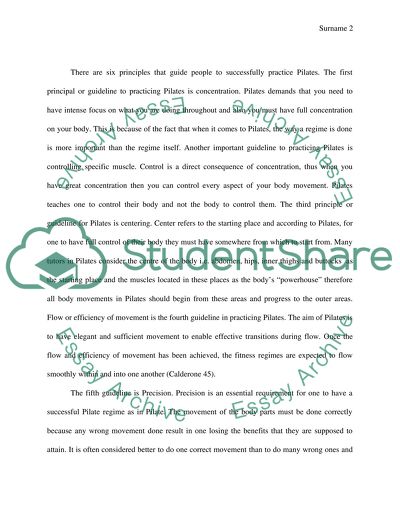Pilates Basic History, Guidelines and Benefits Research Paper. Retrieved from https://studentshare.org/health-sciences-medicine/1438092-pilates-basic-history-guidelines-and-benefits
Pilates Basic History, Guidelines and Benefits Research Paper. https://studentshare.org/health-sciences-medicine/1438092-pilates-basic-history-guidelines-and-benefits.


